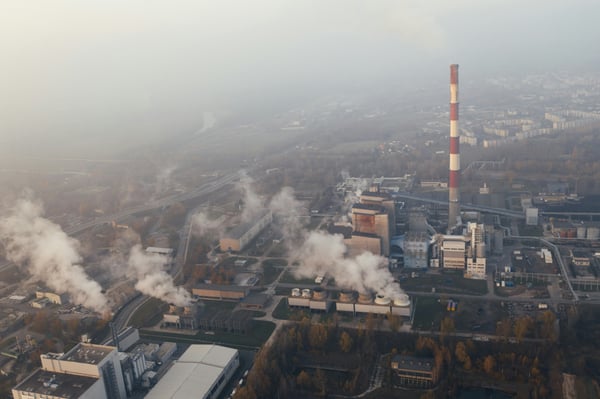In a significant move that underscores the growing market for carbon dioxide removal (CDR)...
New Cambridge Study: Blending Nature and Tech Boosts Carbon Removal
A new study from the University of Cambridge has found that nature-based carbon removal can play a much bigger role in long-term carbon storage than previously thought—especially when paired with technological solutions and robust risk management.
 A man checking his tablet, drones hovering over newly planted trees, with Direct Air Capture facilities in the background. AI generated picture.
A man checking his tablet, drones hovering over newly planted trees, with Direct Air Capture facilities in the background. AI generated picture.
The report, Carbon storage portfolios for the transition to net zero, proposes a new framework to help portfolio managers determine the right balance between different carbon removal (CDR) strategies. According to lead author Conor Hickey, assistant professor in energy and climate at Cambridge University’s Department of Land Economy, ‘Our risk management approach offers one of the first reliable measures for portfolio managers targeting long-term temperature stabilisation. It shows that nature-based carbon storage such as tree planting has a bigger role to play than critics assume when used as part of a diversified carbon removal portfolio.’
The authors note that current market structures tend to reward cheaper, nature-based CDR methods such as reforestation. While effective, these come with a higher chance of carbon being re-released into the atmosphere over time. Engineered approaches like direct air capture (DAC) with geological storage offer far greater permanence but remain costly and difficult to scale.
To bridge these gaps, the Cambridge researchers suggest adopting a portfolio-based approach supported by carbon credit buffer pools—essentially reserves that account for potential future losses. The report concludes that holding two tonnes of stored CO₂ equivalent (tCO₂e) for every tonne used as an offset is typically enough to manage risk. In more nature-heavy portfolios, however, up to nine tonnes may be needed.
As Hickey explains, ‘Removing more carbon now can effectively cover carbon storage risk for centuries, and this can be done with a mix of nature and tech, as long as the right buffers are built in.’ He added that ‘portfolios can combine expensive permanent solutions like DAC with lower-cost nature-based options like planting trees—matching society’s willingness to pay while still contributing to temperature stabilisation goals.’
This new framework provides a practical way for carbon market participants to build balanced, resilient carbon removal portfolios. For project developers, the findings strengthen the case for high-quality nature-based projects, proving their ongoing value as essential, science-backed components in global carbon strategies.






